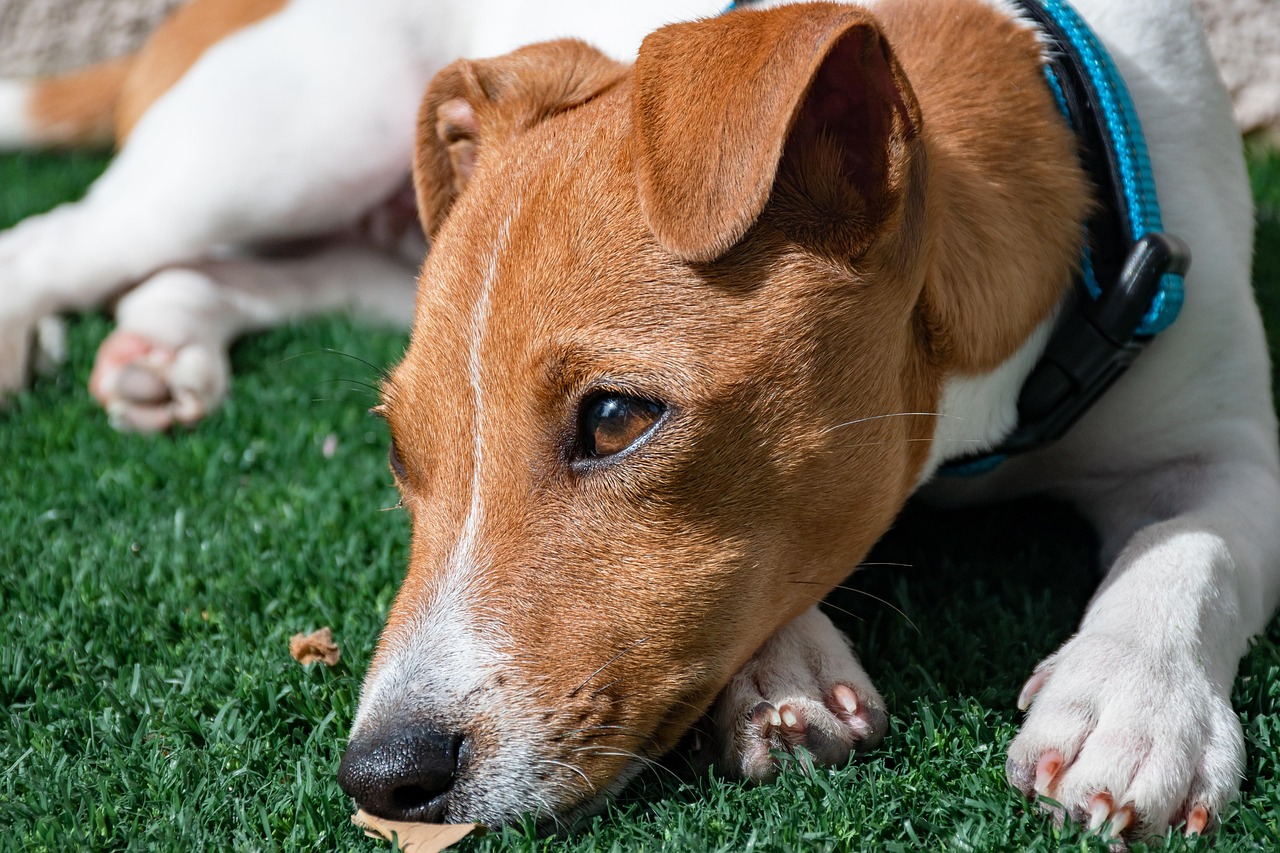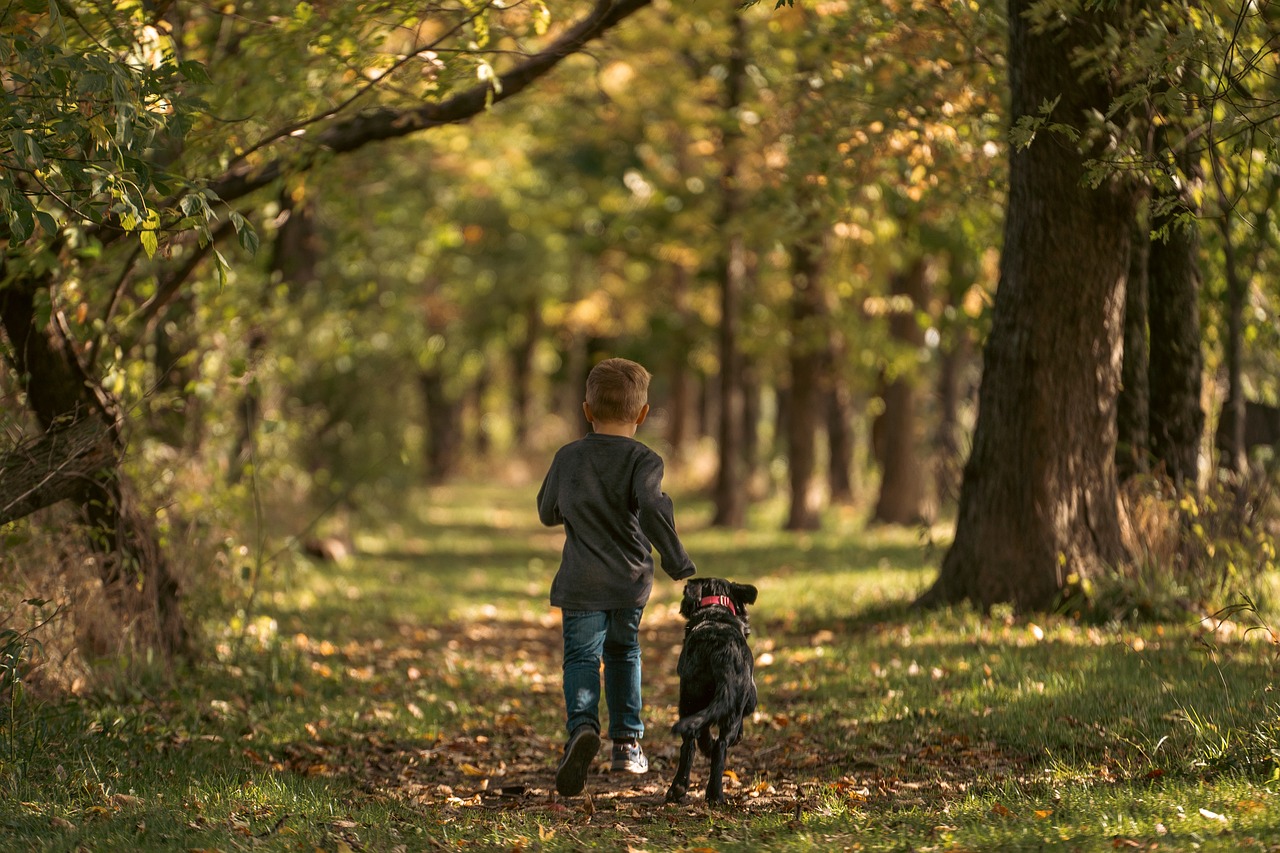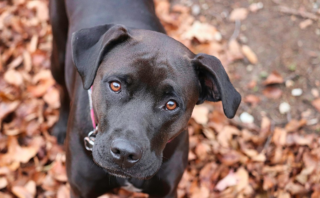Mastering Dog Training: Essential Skills for Kids to Learn
Introduction
When children build a connection with their pets, it’s not just rewarding for the child but also for the pet. The bond that forms between them is priceless. Training a dog requires responsibility, patience, and positive reinforcement, qualities that can significantly benefit children’s emotional and social growth. This content will guide you on how to mentor kids about dog training techniques and how to foster that unique bond.

The Basics
Before we delve into the techniques kids can master, it’s important they understand why training is crucial. Dogs need to be guided when behaving with humans for their safety and ours. Moreover, training helps them cultivate their intellect, adapt to various situations, and strengthen their relationship with us.
Children should comprehend the difference between coaching a dog and ordering it around. Dogs respond to love, appreciation, and rewards. Discourage kids from shouting commands or punishing dogs. Instead, teach them the value of patience. Consistency and repetition are key to success.
Training Techniques for Kids
Considering the child’s age and the dog’s temperament is essential. Younger children should focus on simple tasks, while teenagers can push the boundaries of more complex grooming and obedience training.
Command Training
The first step is for your child to make the dog understand simple instructions. Start from ‘sit’, ‘stay’, ‘come’, ‘leave it’, to more advanced commands like ‘heel’ or ‘place’. Remind them it’s important to reward the dog with treats or praise each time they obey correctly.
House Training
This is most effective when consistent schedules for feeding and bathroom breaks are put in place. Teach children the importance of following the same routine every day to form patterns, making it easier for the dog to understand when it’s time to eat or go to the bathroom.
Socialization Training
It’s necessary for the dog to be comfortable around other animals and people. Kids can contribute to this by taking their furry friends to parks, around other pets, and various environments.

Safety
When children are training dogs, safety is paramount. A supervision level must be maintained, regardless of the child’s age. It is essential that children understand never to approach a dog when it’s eating or sleeping to avoid any potential danger.
Frequently Asked Questions
How old should my child be to start dog training?
Children as young as three can help train dogs with simple commands, supervision, and guidance.
What dog breeds are great for kids?
Breeds traditionally considered good for kids include Beagles, Labrador Retrievers and Golden Retrievers.
How long should training sessions last?
Typically, training sessions should last 15 minutes, but this can vary based on the age and attention span of the dog and child.
What if my child feels scared or frustrated?
Encourage them to take a break and try again later. If fears persist, consider seeking professional advice.
Can my child train a puppy and an older dog the same way?
While training principles apply to dogs of all ages, older dogs may require more patience and soft reinforcement.
Conclusion
Training a dog can be a learning curve for children, teaching them patience, empathy, responsibility, and leadership. It can also bring a lot of joy and create an unbreakable bond between the child and their pet. Remember, every child and every dog are unique. What works best for one might not work for another, so be patient and always prioritize safety when guiding children in dog training.



